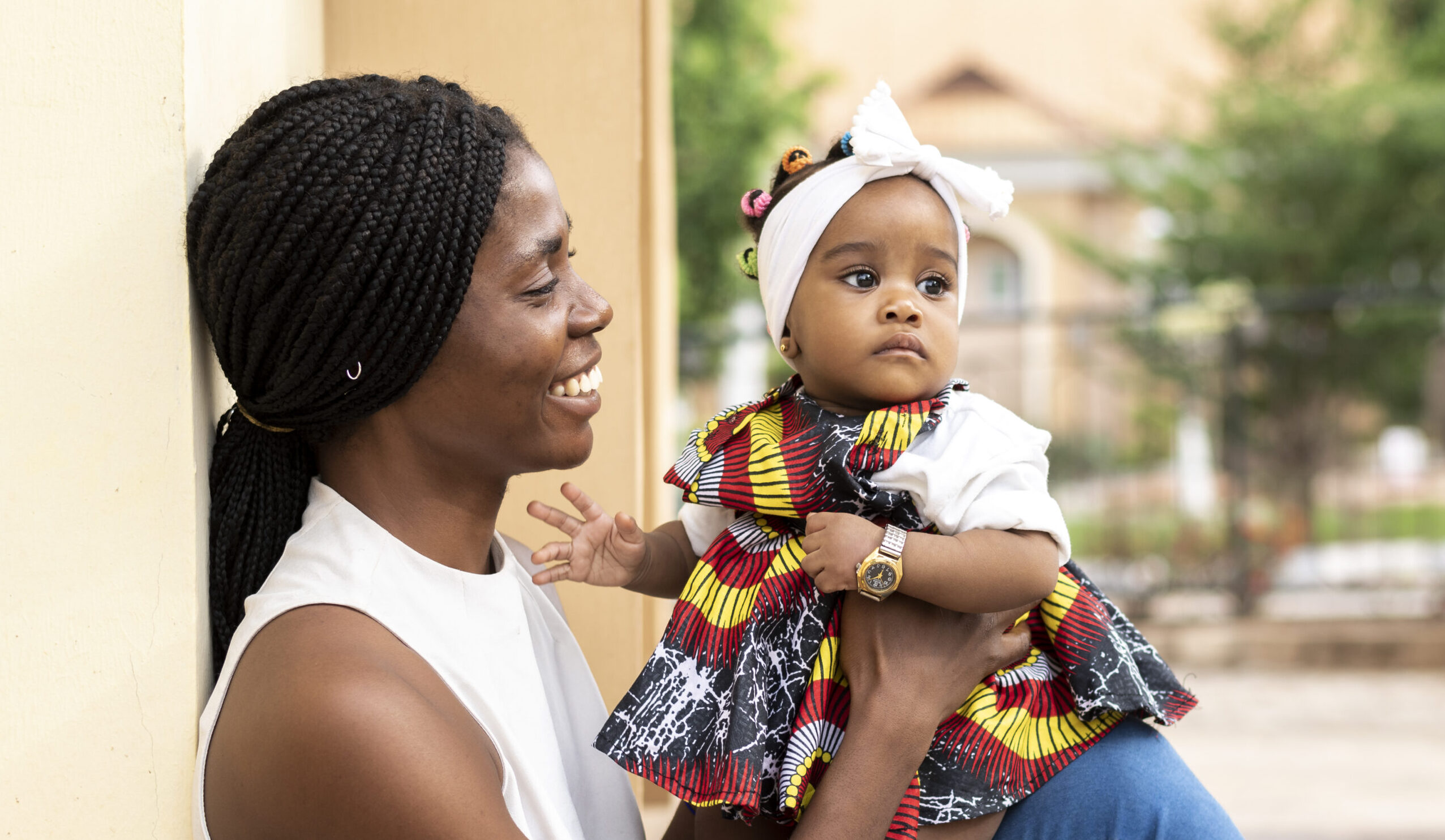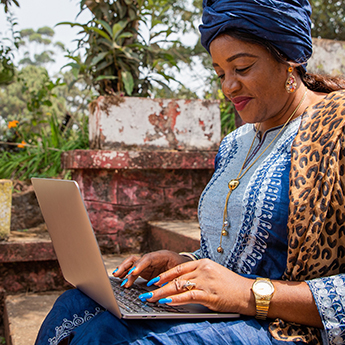News Topic: Adolescents & Youth
More than 100 new FP2030 commitments show renewed urgency around family planning as new report highlights steady growth in demand for contraception over the past decade
FP2030 at ICFP
News and Updates from FP2030
This week, we’re observing International Youth Day.
World Population Day: AHBN Tasks FG On Family Planning Targets
The Africa Health Budget Network (AHBN) has tasked the Federal government to redouble its efforts in its determination to achieve the Family Planning (FP) 2030 commitment.
Getting to what works in adolescent sexual and reproductive health: FP2030 commitments can help
Countless papers, opinion pieces, and studies begin by stating that the current generation of adolescents is the largest in human history — and growing. In 2019, there were about 1.2 billion adolescents aged 15-24, and the adolescent population is expected to peak at nearly 1.4 billion by 2065, should it maintain the present trajectory. While the challenges for a youthful country are many, there are also opportunities, provided governments and the private sector invest adequately in the education, employment, and health of young people. The next eight years represent an unprecedented opportunity to bring about the transformational change that is needed to achieve both the Sustainable Development Goals and the vision of FP2030. However, it’s unlikely these goals will be fully attained without far greater efforts to meet the health needs and preferences of young people everywhere.
AAF: A functional guideline for strengthening accountability of CSOs and YLOs
Nepal has been an FP2020 commitment maker since the partnership’s launch in 2012. But in 2015, the government of Nepal restructured, moving from a centralized to a federal governance system. As a result, our FP2030 commitment will need to address the roles of new subnational governments, in addition to the federal government. We are now in the process of drafting the accountability mechanisms, and the Advocacy and Accountability Framework (AAF) provides a clear road map to link subnational accountability to national and international accountability that we can use to develop strategies to ensure accountability at various levels.
Prioritizing LGBTI family planning access benefits us all
FP2030 is based on the principle that all people, no matter how they identify, should have access to a full suite of reproductive health care. Too often in the context of family planning, the LGBTI community is overlooked — sometimes maliciously and sometimes because their needs are misunderstood or ignored. But they are a key population that is at heightened risk of pregnancy, HIV acquisition, gender-based violence, and more.
News and Updates from FP2030
The first 12 months after giving birth are one of the most vulnerable times in a woman’s life. It’s when her need for family planning is greatest — her health and the health of her child depend on it — but it’s also when that need is least likely to be met.
News and Updates from FP2030
Spotlight: Measurement & Data Resources








